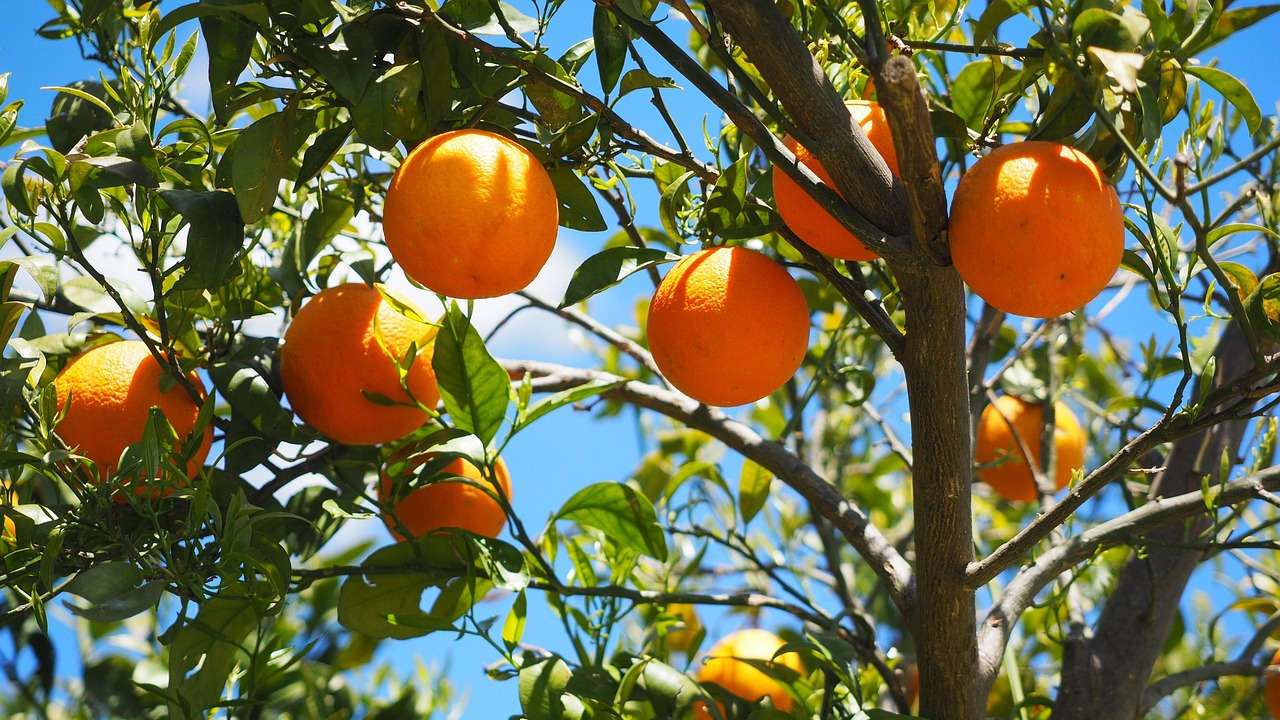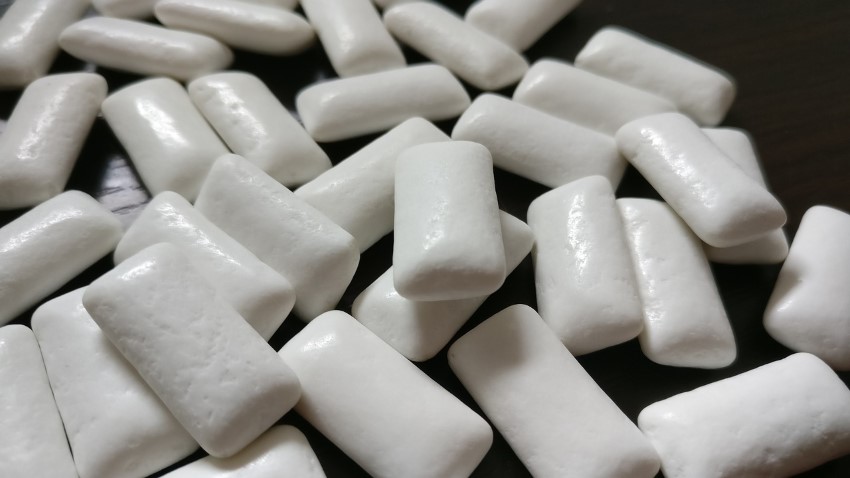University of Florida scientists will elevate their efforts to control citrus greening, with about $5 million in grants from the National Institute of Food and Agriculture (NIFA). NIFA, part of the U.S. Department of Agriculture, split funding into five grants.
UF/IFAS researchers are looking for ways to manage greening, known scientifically as Huanglongbing or HLB. Greening is caused by the bacterium Candidatus Liberibacter asiaticus, or CLas. The Asian citrus psyllid can transmit (“vector,” in scientific terms) CLas into a citrus tree, and CLas can eventually become HLB.
“These five funded projects illustrate the breadth and depth of our world-class citrus research program,” said Robert Gilbert, UF interim senior vice president for agriculture and natural resources, dean for UF/IFAS Research and director of the Florida Agricultural Experiment Station. “We need every tool in our toolbox to combat HLB in an integrated manner, and this USDA-NIFA funding will be extremely helpful to UF/IFAS and our stakeholders.”
The grants aim to accomplish numerous goals, including gene editing to develop HLB-resistant citrus varieties and integrated pest management (IPM) to help keep psyllids away from citrus trees.
Genome editing for better tolerance to citrus greening ($1,042,257)
Principal Investigator: Nian Wang
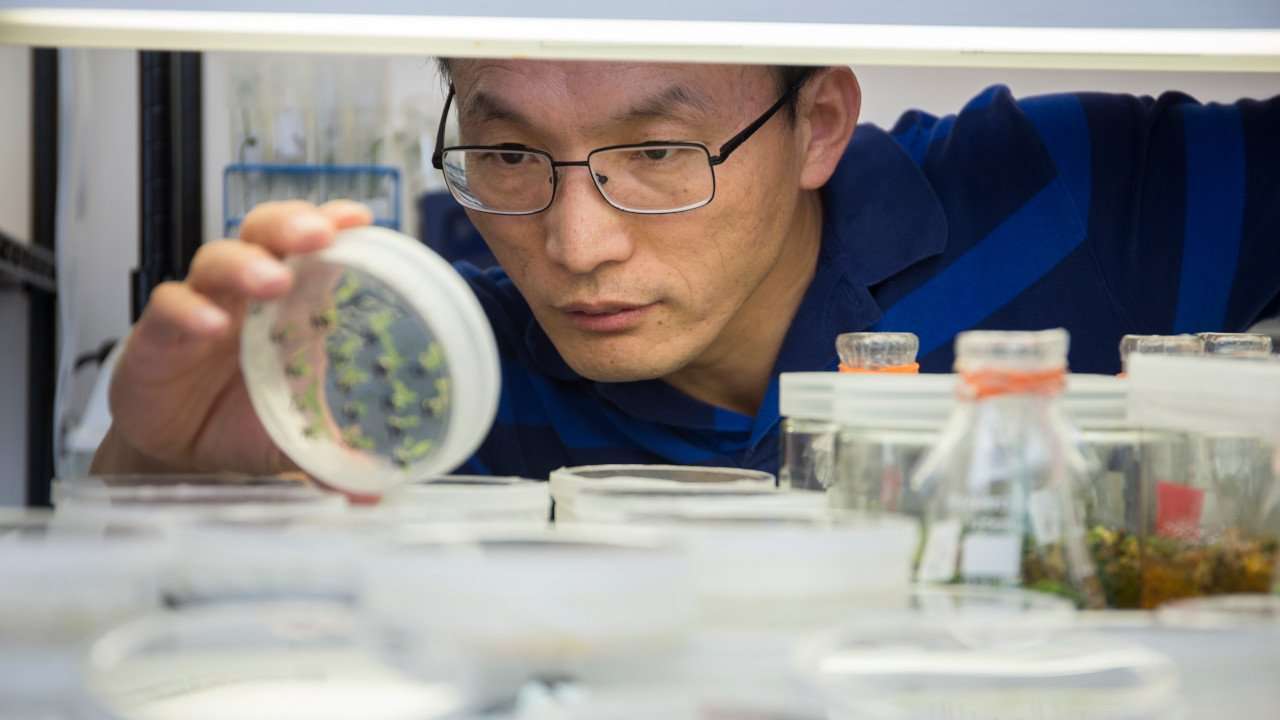
Dr. Nian Wang, Professor of Microbiology and Cell Sciences, UF/IFAS Citrus Research and Education Center. Credit: UF/IFAS.
Researchers plan to use cutting-edge precision genome-editing technology to help plant breeders develop more varieties that are tolerant and/or resistant to citrus greening disease.
The central hypothesis for this research is that HLB can be controlled by mitigating reactive oxygen species (ROS). ROS, such as hydrogen peroxide, are chemicals that cause damage to citrus plants. Scientists plan to prevent ROS damage caused by HLB disease by increasing the levels of antioxidant enzymes in citrus plants, which in turn will reduce ROS damage.
“Transgene-free HLB-resistant/tolerant citrus varieties with suitable horticultural traits has the potential to provide the most effective, environmentally friendly and economic approach for HLB control,” said Nian Wang, a professor of microbiology and cell science at the UF/IFAS Citrus Research and Education Center (CREC).
IPM approach that delivers economic viability to citrus production with HLB ($1,128,392)
Principal Investigator: Lukasz Stelinski
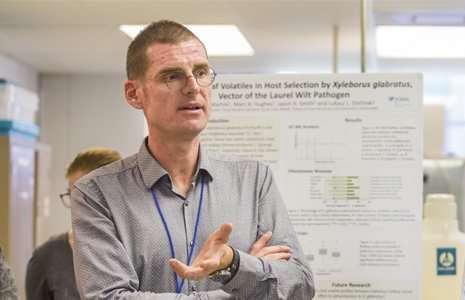
Dr. Lukasz Stelinski, Professor of Entomology and Nematology, UF/IFAS Citrus Research and Education Center. Credit: UF/IFAS.
The long-term goal of this project is to render HLB functionally irrelevant by developing an IPM system that yields economic return from citrus. The research will address three aspects of HLB:
• Suppress psyllids to the point where management decisions are based on vector density and seasonal biological events. This way, management costs do not exceed yield losses.
• Evaluate the viability of trunk injections as a therapy to reduce bacterial populations.
• Integrate the use of gibberellic acid to mitigate disease symptoms.
“The most effective and economical combination of vector, pathogen and disease symptom management treatments will be implemented on a farm-scale level with growers in Florida and Texas,” said Lukasz Stelinski, professor of entomology at CREC.
Enhancing the delivery of therapeutics into citrus phloem by linking sugar molecules ($974,182)
Principal Investigator: Amit Levy
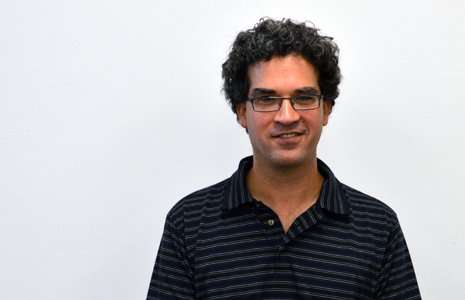
Dr. Amit Levy, Assististant Professor of Plant Pathology, UF/IFAS Citrus Research and Education Center. Credit: UF/IFAS.
While tree-trunk injections reduce CLas, they do not specifically target the phloem, the part of the vascular system in a citrus tree through which HLB travels. Most of the injected antibiotic is introduced in the xylem, where there’s no bacteria. Thus, the antibiotics don’t efficiently reach the phloem. Amit Levy, an assistant professor of plant pathology at CREC, plans to lead a team that will add a glucose molecule to antimicrobial compounds. This should dramatically improve their delivery into the phloem and reduce the dose needed for efficient HLB control.
Rapid generation and evaluation of eremocitrus-derived populations for HLB tolerance and fruit quality ($928,000)
Principal Investigator: José Chaparro
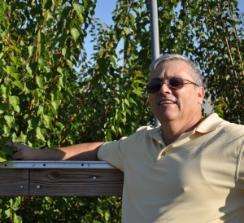
Dr. Jose X. Chaparro, Associate Professor of Horticultural Sciences at the University of Florida. Credit: UF/IFAS.
Scientists have found HLB resistance in the citrus-related species known as Eremocitrus glauca (Australian desert lime). But transferring the resistance into commercial varieties typically takes decades because citrus remains in its juvenile stage so long. UF/IFAS has found an Eremocitrus variety with early flowering. Scientists propose to breed varieties of commercial quality with HLB-resistance, by speeding up the breeding process using early flowering varieties.
Multiomic dissection of HLB tolerance in B9-65 Valencia, N13-32 Hamlin, OLL-8 sweet orange and other cultivars ($1,364,478)
Principal Investigator: John Chater

Dr. John Chater, Assistant Professor of Horticultural Sciences,UF/IFAS Citrus Research and Education Center. Credit: UF/IFAS.
In this project, scientists will study scions with demonstrated HLB tolerance and the potential to produce commercial-grade fruit, despite testing positive for CLas. Researchers will examine plants infected in established groves and uninfected in facilities known as Citrus Under Protective Screens (CUPS). From there, they’ll make a comparative genetic and horticultural analysis of uninfected material vs. tolerant and susceptible-to-infection material.
Ultimately, researchers want to distribute HLB-tolerant scions to stakeholders and to understand the biological mechanisms behind HLB tolerance for breeding HLB-tolerant and -resistant scions and for gene editing purposes.
About UF/IFAS
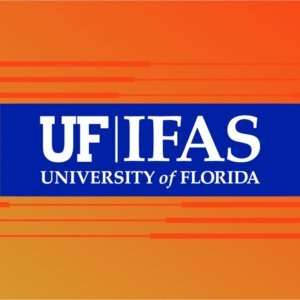
The mission of the University of Florida Institute of Food and Agricultural Sciences (UF/IFAS) is to develop knowledge relevant to agricultural, human and natural resources and to make that knowledge available to sustain and enhance the quality of human life. With more than a dozen research facilities, 67 county Extension offices, and award-winning students and faculty in the UF College of Agricultural and Life Sciences, UF/IFAS brings science-based solutions to the state’s agricultural and natural resources industries, and all Florida residents.
